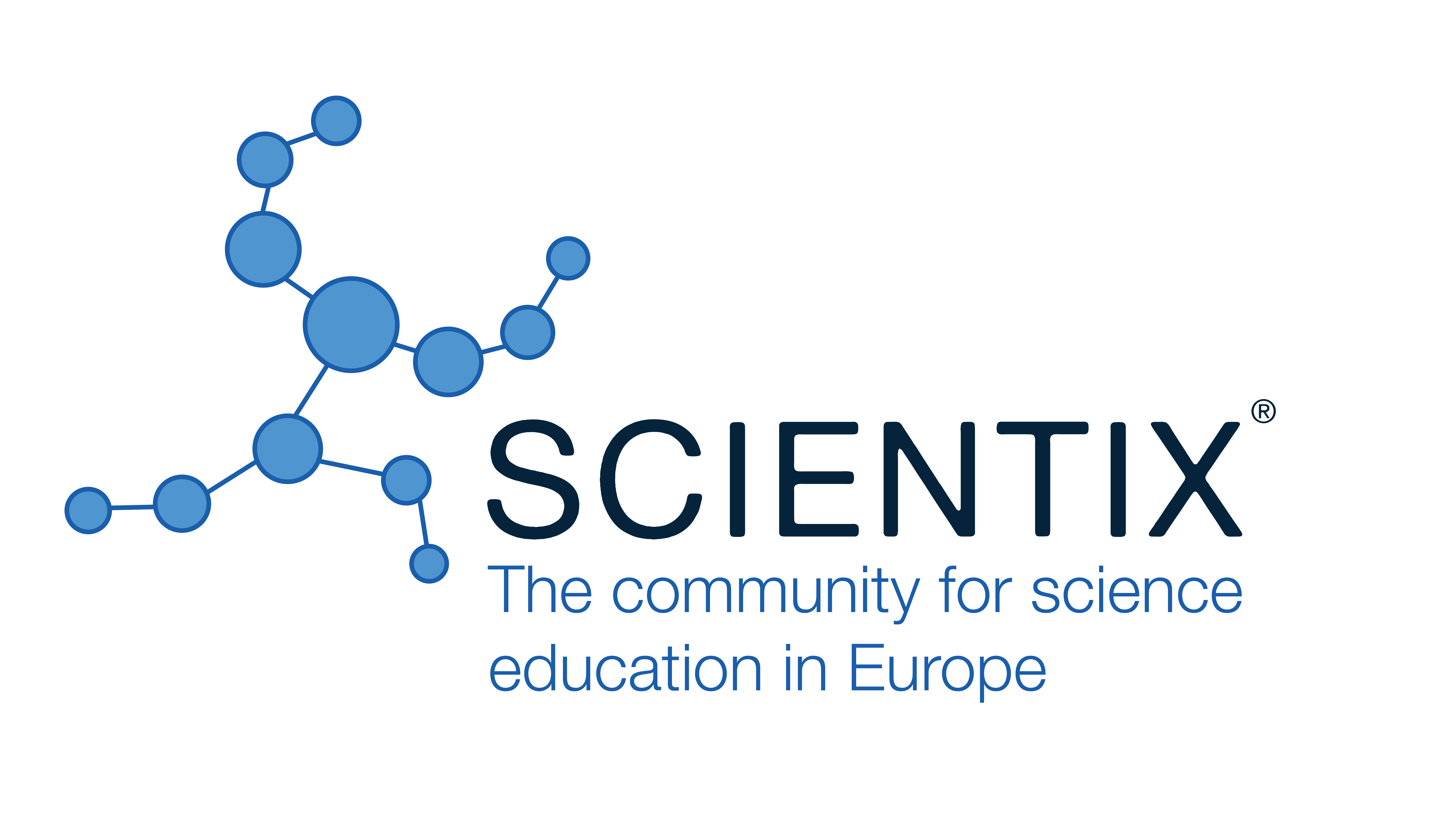Technology Use in Schools – A Study of Teachers’ Digital Didactical Design
Bente Forsbakk, Nord university (Norway)
Atle Kristensen, Nord University Universitetsalléen 11 8026 Bodø (Norway)
Abstract
McLoughlin and Lee (2008) describe that in a society increasingly using a variety of high-speed technologies, teachers have access to more ideas, resources, and communities to support the development of their didactic design in a technology-rich learning environment. A teacher's didactic design includes both planning and the teacher's actions in learning processes, encompassing both a planned component and an operational component (Jahnke & Kumar, 2014). Teachers must understand how technology can support communication, creativity, and innovation. Additionally, they should be aware of the opportunities, limitations, effects, and risks associated with the use of technology (European Commission, 2019). The selection of learning resources is based on teachers' understanding of technology as part of students' learning environments, along with understanding of how digital technology can add value to students' learning. Teachers should have knowledge of how technology changes and expands the content of the subject, pedagogical methods, and have an overview of how technology can add value in students' learning environments (Koehler and Mishra, 2014). This qualitative interview study is placed within the social constructivist tradition, where knowledge, and thus all meaningful reality, is based on interactions between people in a context (Crotty, 1998). The purpose of the study was to investigate the didactic designs of 19 experienced teachers in a technology-rich learning environment. Qualitative data was collected from focus group interviews and written reflection notes. Expectations for the results are focused on developing knowledge in two main areas: (1) Knowledge about teachers' narrow didactic design. Specifically, we expect the study to construct knowledge about teachers' conscious choices and practices concerning mastering technology. (2) Knowledge about teachers' broad didactic designs, which involve the selection and use of digital resources to create added value in a flexible, personalized, and inclusive learning environment. A broad understanding also encompasses digital judgment and formation for the future society. Knowledge from this study can contribute to developing awareness among teachers about working with their own narrow and broad didactic designs in context.
Keywords: Broad didactic design – technology-rich learning environments – technology's added value
References:
Crotty, M. (1998). The foundations of social research: Meaning and perspective in the research process. SAGE
European Commission (2019). Key competences for lifelong learning. Publications Office of
the European Union. https://data.europa.eu/doi/10.2766/569540
Jahnke, I. & Kumar, S. (2014). Digital Didactical Designs: Teachers’ Integration of iPads for Learning-Centered Processes, Journal of Digital Learning in Teacher Education, 30(39), 81-88.
Koehler, M. J. & Mishra, P. (2014). The Technological Pedagogical Knowledge Framework. I J. M. Spector (Red.), Handbook of Research on Educational Communications and Technology (s.101-111). Springer.
McLoughlin, C. & Lee, M. J. W. (2008). The Tree P’s of pedagogy for the Networked society: Personalization, participation and productivity. International Journal of Teaching and Learning in Higher Education, 20, 10-27.
 The Future of Education
The Future of Education





























